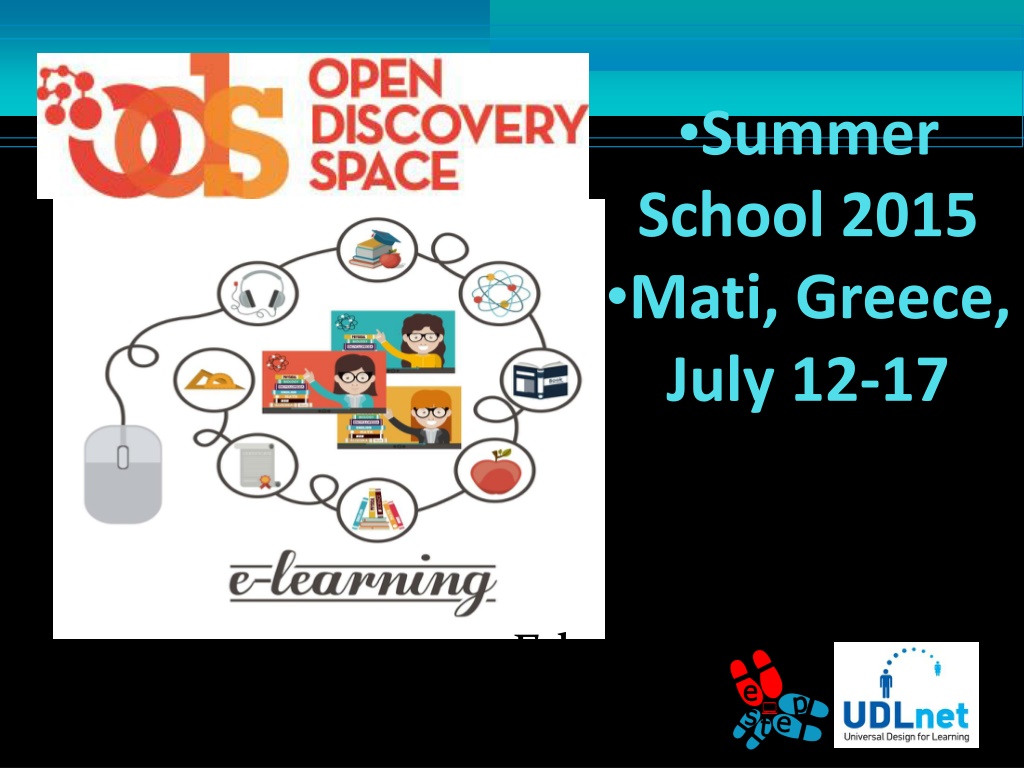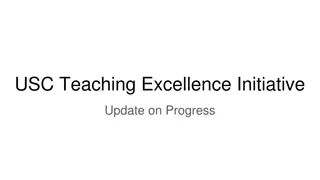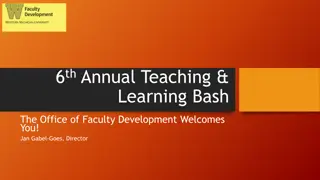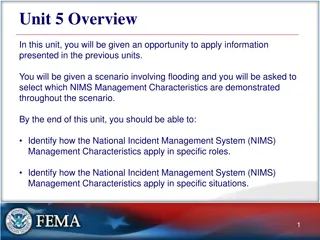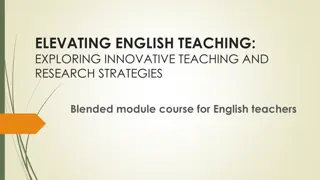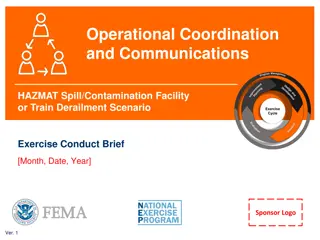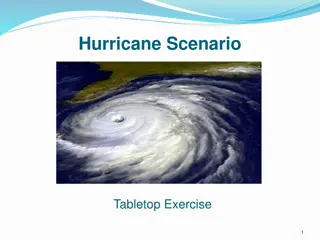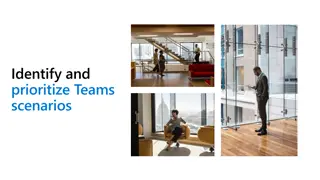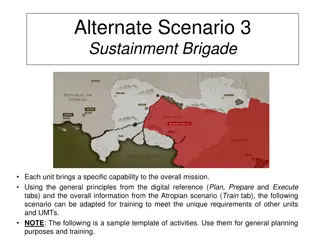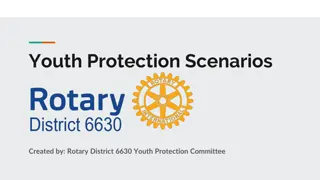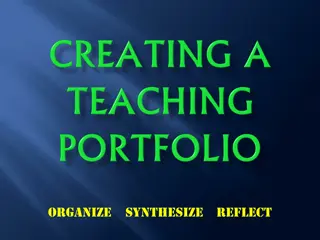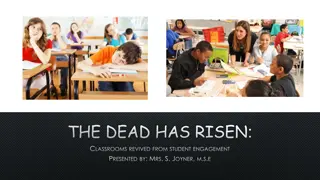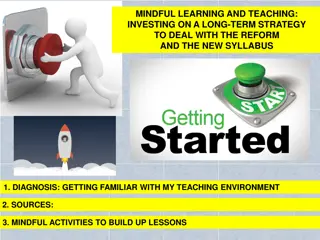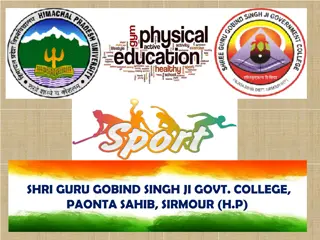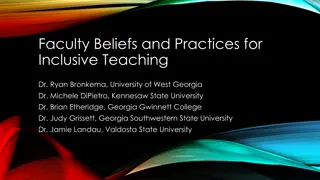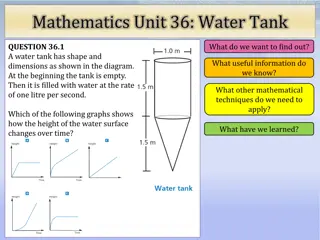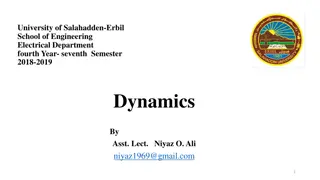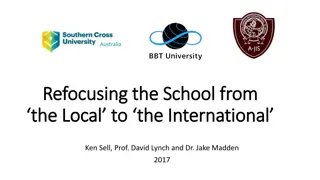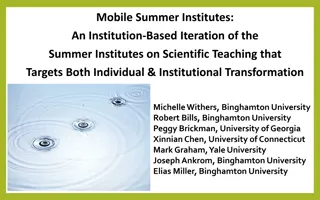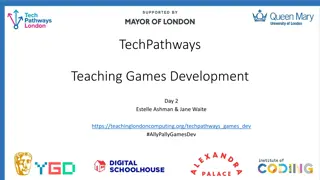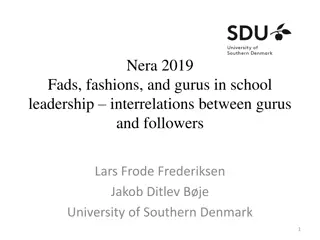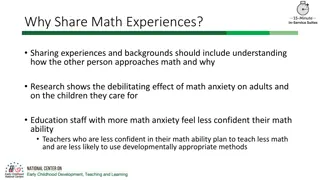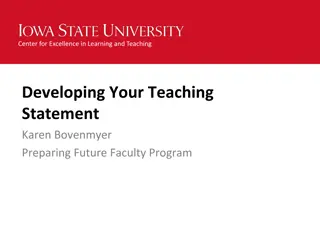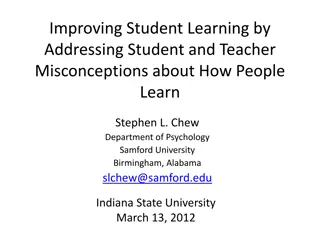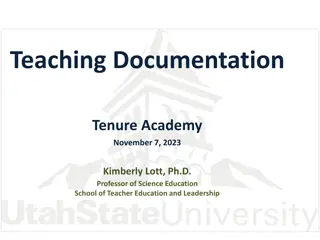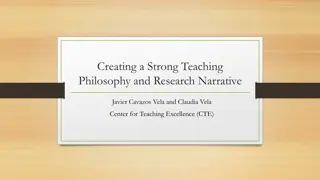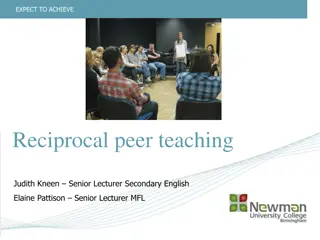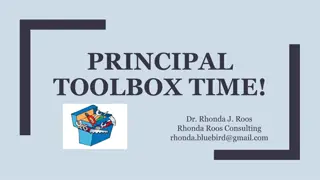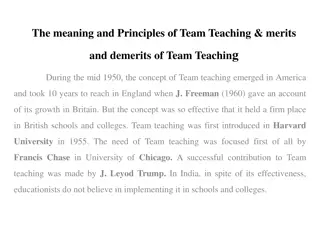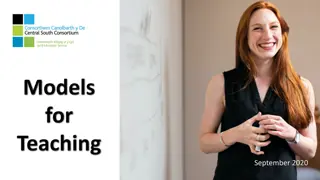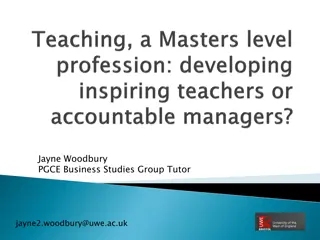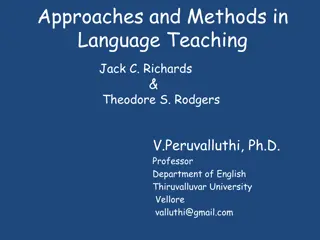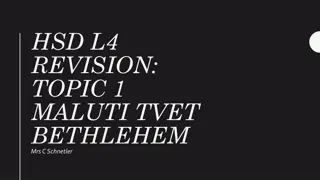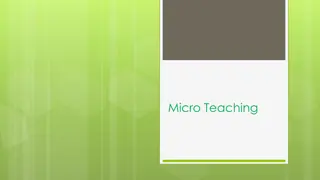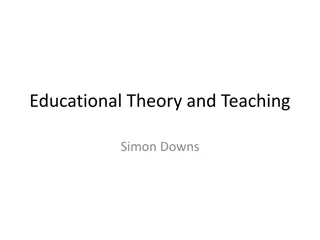Innovative Educational Scenario for Teaching Principles of Dynamics
This educational scenario focuses on the principles of dynamics, emphasizing the causality in physics through inductive teaching methods. Students are engaged in experiments to understand the concept of motion and causality in a multidisciplinary approach involving maths, science, ICT, psychology, and philosophy. The scenario aims to enhance students' critical thinking, problem-solving skills, and parental involvement in educational projects.
- Innovative Education
- Dynamics Principles
- Causality in Physics
- Multidisciplinary Approach
- Parental Engagement
Download Presentation

Please find below an Image/Link to download the presentation.
The content on the website is provided AS IS for your information and personal use only. It may not be sold, licensed, or shared on other websites without obtaining consent from the author. Download presentation by click this link. If you encounter any issues during the download, it is possible that the publisher has removed the file from their server.
E N D
Presentation Transcript
Summer School 2015 Mati, Greece, July 12-17 Educational Scenario
Basic info on the scenario: Name of participant: Violeta Zbanca. School: Colegiul Tehnic Grigore Moisil ( Technical College Grigore Moisil) Bistrita Country: Romania Title of scenario: Principles of dynamics Short description/ main idea: Nothing moves unless it is or was driven by something. How to manifest the principle of causality in dynamic?
Educational objectives and pupils competences targeted: Teacher has to use inductive method to enlarge the principle cause- effect in Physics Students have to realise, experiment and understand how things move As specific competences students have to: formulate questions, investigate alternative ipothesis and document collect samples, analyse and interpret the information Deduce the rule and particular cases
Pupils ages: 12-13 14-15 15-18 Curriculum areas/ domains involved: Maths and Science ICT Psychology Phylosophy
Which school needs does your scenario address? 1. to ease students' access to information using : *question - reflection- understanding conclusion *both classical methods ( exposure, experiment, notice main obs) and modern ones (eLearning for simulating difficult experiments) 2. to address each student upon his aptitudes using: *different methods of involving students' kind of intelligence : @linguistic - write an essay with cause -effect examples and conclusion @mathematical understand and apply formulas in problems @ visual spatial watch an animation or draw a caricature according to lesson @ kinestezic game : 2 chains of students to feel the 3rd principle 3.to engage both students and parents in finding more daily examples of princ.
Innovative characteristics In what sense is your scenario innovative? What are its innovative aspects with regard to your school context? By combining classical and newer learning methods By working with groups of students, depending on their aptitudes and attitudes By involving parents in educational project
Parental engagement How are pupils parents engaged in the process or/ and implementation of the educational scenario? What is their role? Parents have to cooperate with their children in finding examples about applications of Newton s principles. Parents can see their students contribution and results on moodleromania.ro Which school needs does their engagement in this scenario intend to serve? Communication between school and family in order to improve students motivation and involvement in educational process Parents have permanent control on their children scholar activity
Parental engagement What are the expected benefits from parents engagement in this scenario? Students are more confident in learning process because they know they can be controlled by parents any time Parents can react if they observe difficulties in children s behavior Parents can keep close to school events by seeing them on school s website
Equal learning opportunities How do you plan to address pupils with different learning styles and needs through the design and implementation of your scenario? By working with groups of students, depending on their aptitudes and attitudes by addressing each student upon his aptitudes using different methods of involving students' kind of intelligence
Game-based learning How could you add a game-based element in your scenario? Please describe your ideas the phases of the scenario (preparation, implementation, assessment) in which you would introduce this aspect. I want to make them conscious about the elementary game of 2 chains of students at both ends of a rope, a very first experience about cause-effect or 3rd principle of dynamics. new games will be introduced according to lessons
Phase 1: Preparation Please describe the preparation that the teacher needs to do before implementing the scenario. Define steps and activities, if applicable. Plan to update the knowledge of classical mechanics: motion, rest, material point, trajectory, speed, acceleration and their measurement units. *teacher asks students to form 4 groups of 6-7 students each after their intelligence type * for the linguistic group an essay with definitions formulas * for the mathematical group write on blackboard the formulas and measurement units for v, a, d *for space-visual group: experiment movement and rest for a tennis ball and a rugby ball. *for kinesthetic group experiment speed law by running or walking, for each student notice time needed to cover a given distance
Please describe the preparation that the teacher needs to Phase 2: Implementation do before implementing the scenario. Define steps and activities, if applicable. Contents: Define inertia. The enunciation of the principle of inertia. Introducing the concept of mass. Defining interaction. Introducing the concept of force Methode: Scientific investigation ( What I know or believe about this?) Specific competences ( derived from scientific investigation) : Questioning and advancing alternative hypotheses, examining sources of information and design investigation. a. What is harder to thrown (or caught) a brick or a rubber ball? b. Why shaking the carpets they are cleaned of dust? Teacher orients(induces) students' thinking by identifying the velocity, acceleration, inertia and how these can be measured, interactions and their effects, the main types of forces and identifies unscientific explanations, knowledge needs (using tools such as balance and dynamometer to measure mass or forces). Teacher directs students to design hypotheses formulated by them
Resources Please identify at least 5 resources (links, files etc) that will be used in the scenario. You are advised to look for relevant resources on the ODS portal. You can also add external resources. http://tools.inspiringscience.eu/delivery/view/index.html?id=fd1cf3f7f39b4f968d82 30c71e6cbd04&t=p http://tools.inspiringscience.eu/delivery/view/index.html?id=e8ebe231a3d24f6fa35 30e377e80f776&t=p&uname=TEST http://tools.inspiringscience.eu/delivery/view/index.html?id=0467f9e42c73429386 9eb0604e4b3a70&t=p&uname=TEST http://moodleromania.ro http://edudigitservices.ro
If you wish, please, add any other specifications or guidelines
Once you complete this ppt, please upload it on the Summer School s community in the Resources area as an educational object http://portal.opendiscoveryspace.eu/community/ods- summer-school-2015-804293 Also please don t forget to send it to Eleni Chelioti chelioti@ea.gr
